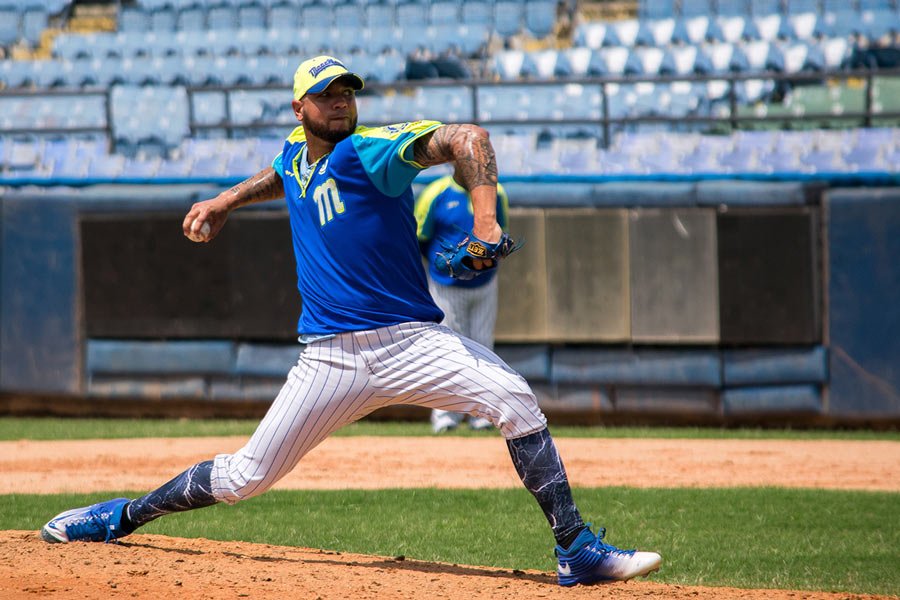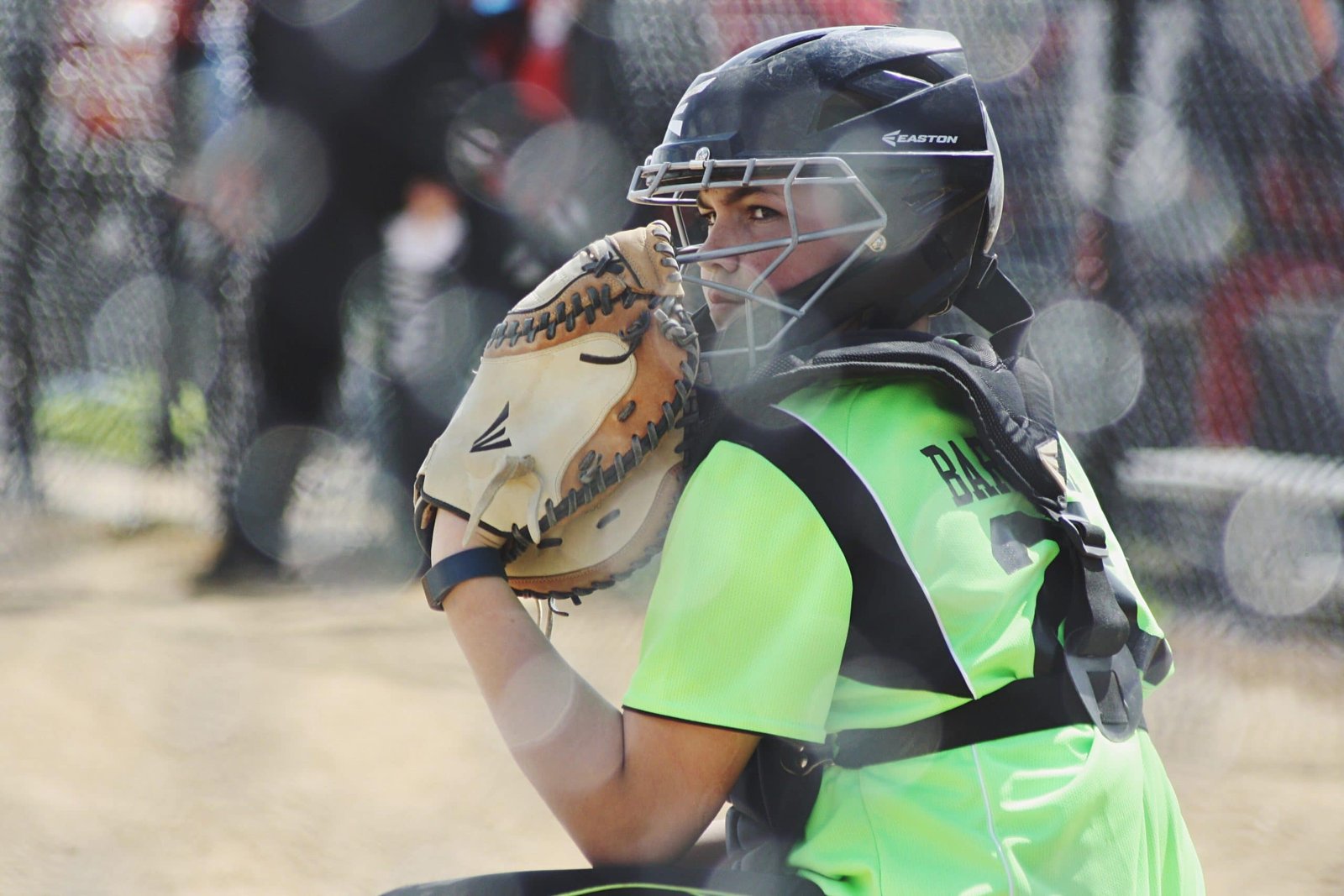Of all the baseball pitches, the fastball is likely the first and most important pitch to learn. Every single player should know the proper way of how to throw a fastball in baseball. You may think this type of pitch will be hard to learn but if you know the basic rules and techniques to throw a fastball, then it’s just a matter of time before you have it mastered.
As with most things in sports, practice will be the most important thing to improve your fastball. Since speed is an important factor to this pitch, working on arm strength is also important. We will give you some easy and effective ways to improve your fastball to perfection. Along your journey, it’s always fun and encouraging to use a radar gun to monitor how much your fastball improves .
The types of fastballs you need to know
There are generally four types of fastballs you need to know how to throw. Each type varies slightly with regards to finger position, grip style, and finger movement during the pitch.
Briefly, we’ll give you the main steps before discussing each one individually:
First thing is that you need to grip the ball correctly when you throw a fastball. Though there are variations with these different kinds of pitches, the main thing is that you need to maintain your fingers in the correct position with appropriate spacing and pressure on the ball. Then you’ll also need to work on perfecting your stride. Try to find the exact spot where you can maximize your forward momentum for your step foot to land. The final thing is to follow through the pitching motion and don’t try to aim for a specific spot. Once you’ve practiced enough, your mechanics will improve and you’ll be able to place the ball where you want it without having to focus on aiming.

About the baseball grip
The two-seam fastball, four-seam fastball, cut fastball and split-finger fastball.
Two-seam fastball
Your first question is probably where you should grip the ball for this type of pitch. Find where the seams are closest together and grip that spot with your middle and index finger. Then find out the smooth area between the narrow seam and put your thumb there. Use your thumb and middle finger to create strong pressure on the ball.
- Two-seam fastballs will generally be slightly slower than four-seam fastballs.
- Two-seam fastballs can have more movement than four-seam fastballs.
- You have to grip two-seam fastball tighter than a four-seam fastball.
Four-seam fastball
For this fastball, you need to grip the ball with your top two fingers across the seam. Find out the widest point of the ball and use your index and middle finger to grip the ball in that spot across the seam. The thumb should be placed under the ball across the bottom seam. At the time of releasing the ball your fingertips should roll off the laces.
Here are a few things to keep in mind for a four-seam fastball.
- Do not grab the ball with pressure. Pretend it’s an egg and you’re trying not to crack it.
- The main thing is that when you release the ball there should be little friction as it rolls off your fingertips.
- Pay close attention to the distance between your index and middle finger. If they are too close or too far apart then it might result in a weaker throw. Keep a distance of about half an inch to maximize velocity.
- Maintain a little distance between the palm of your hand and the ball.
Cut fastball
Four-seam fastball and cut fastball are very similar.
When you throw a cut fastball, you also have to grip across the seam. The main difference comes with the position of the middle finger and index finger. First, you need to rotate your middle and index finger and keep them together. Then find the closed end of the U shaped seam and leave your middle finger along with the seam. Finally place your thumb on the smooth section up the inside of the ball.
- Apply pressure using the middle finger.
- Don’t grip it too hard.
Split-finger fastball
This type of fastball is a bit harder and a more advanced pitch than the other three.
When you throw a split fastball first you need to seek the widest point. Now disband your middle and index finger and grip the ball along with the seam into the point. Now place your thumb along with the bottom of the back seam.
Some things you should know about this type of fastball.
- You should throw a split-finger fastball with more velocity.
- The grip should be hard.
- This is a tougher pitch for children since it’s an easier grip if you have a larger hand.
About the pitching stride
The stride when you throw a fastball is very important in increasing your pitch velocity. You need to be careful with your motion to benefit from the momentum of your body moving forward towards the plate. Getting this perfect motion takes a lot of practice.
- Your pivot foot (same side as your pitching hand) will be used to create momentum from the pitching rubber towards the plate.
- After you lift your step foot (same side as your glove hand) try to transfer weight from pivot foot to step foot with a quick body movement to gain momentum and produce maximum power for your pitch.
- Determine the spot for your step foot to land that will get you maximum forward momentum. Now just master this process of having a consistent smooth stride that achieves this maximum momentum. You can practice this motion even without pitching a baseball and this will allow you to focus more on the stride.
Don’t try to aim, command the pitch
Undoubtedly, the first thing anyone will try to do when throwing a baseball is to aim it at a specific spot. This sounds like a reasonable thing to do but will likely lead to not having the correct motion when delivering your pitch. With enough practice, your mechanics should significantly improve and you’ll be able to command your pitches to where you want them to go.
- Practice the correct baseball grip and delivery and you’ll be able to place the ball where the catcher wants it without having to focus on aiming.
Again, as with most things in sports, the main key to throwing a fastball will be to keep practicing. In the beginning, it will be tough especially when it comes to accuracy. However, once you have all the different grips down and have your mechanics fine tuned, you should be throwing heat with control over location almost automatically.
Improve your physical capability
Up until this point, we’ve discussed technique and mechanics. However, a strong fastball also depends on your physical strength. You may have mastered everything else but if you don’t have good physical fitness and strength then you won’t reach your full potential. The combination of physical capabilities and techniques will propel you to the next level when throwing a fastball. Here are some tips on how you can improve physical strength.
Increase your triceps and forearm muscles
For pitching, the triceps and forearm are important muscles to focus on for building a stronger pitch. Here are some ways you can increase triceps and forearm strength
For increasing forearm and wrist strength, you can try reverse barbell curls. Hold the barbell with palms facing down and hands about shoulder length apart. Now curl the barbell up and squeeze. Without resting at the top, repeat this motion. First, try some light weight and when you feel you can take on more, increase the weight slightly. Never start with heavy weights as this could lead to injury. Using this workout, you can get more strength in your forearm and wrist over time.
For triceps, you can use a pulley cable system to do rope pull down exercises. Just grip the rope in front of you and pull it down using your elbows. Make sure to use proper form while maintaining a controlled motion. If you’re using equipment at a local gym, it might be best to get help from trainers on proper form for this exercise and also other exercises you can do for triceps.
Build rotator cuff elasticity
A large portion of pitching injuries take place in the shoulder area. Therefore, you should gain strength and flexibility in this area. Here are a few ways
You should strengthen shoulder flexion. You can use anchor tubing to help you with this. Stand in front facing away from the anchor and take the tubing in your hand. Now stretch your arm out in front of you with your elbows and wrists straight then come back to the initial position. Take your time and start with a lower number of repetitions working your way up to more repetitions as you become stronger. If working out in a local gym, get some tips on proper form from the trainers there.
Improve your core strength
Your arm is not the only part of your body that you should focus on strengthening to achieve your best fastball. The power also comes from your legs, hips, and abdomen which make up your core. A few ways to improve strength here
- You can use a medicine ball for many core exercises.
- You can also use some bicycle crunches to improve your core strength. Laying flat on the ground, put your hands behind your head and then slowly raise your left knee to meet your right elbow and then do the same for the opposite knee and elbow. Repeat this slowly increasing repetitions each day as you gain strength.
Conclusion
As discussed, once you have the mechanics down on all the different fastball types and pair this with increased strength, pitching a fastball will become second nature to you. Of course, getting to this point will require consistent practice but if you stick with it you’re pretty much guaranteed to see great results in the end. So grab yourself a bucket of baseballs and get started!








